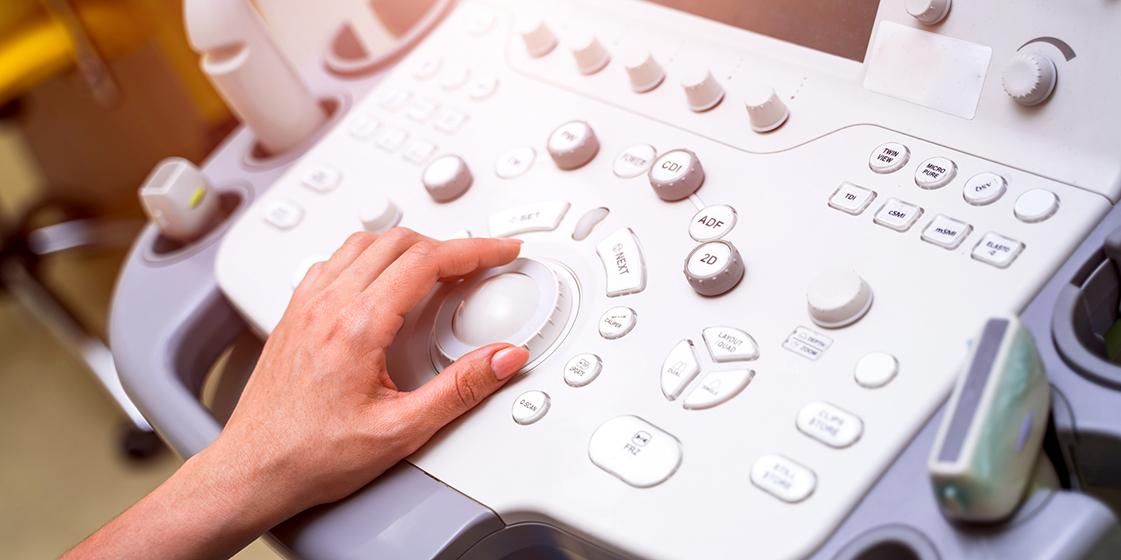There is no benefit to ultrasound-guided treatment strategies for patients with early rheumatoid arthritis, new research reveals
There is no benefit to ultrasound-guided treatment strategies for patients with early rheumatoid arthritis, new research reveals.
MRI inflammation and joint damage are no better off when treatment is guided by ultrasound compared to conventional treat-to-target strategies, Norwegian and Dutch researchers found.
Residual subclinical inflammation is often seen on ultrasound and MRI scans of patients in clinical remission, prompting debate over whether treatment should aim to combat this potentially harmful inflammation as well.
Two recent trials investigated the question, and though it was not clear whether targeting ultrasound remission was an improvement over clinical remission, there was a trend toward less radiographic erosive damage in the ultrasound groups of each trial.
“If treatment strategies targeting subclinical inflammation did inhibit structural damage progression, it could possibly have implications on long-term outcomes of function and disability,” Dr Ulf Sundin, of Diakonhjemmet Hospital in Oslo, and colleagues wrote in Rheumatology.
To test this, the team analysed the data from one of these trials – the ARCTIC trial. This study of 218 DMARD-naive early RA participants randomly allocated them to either a conventional treat-to-target group or an ultrasound-guided strategy.
Participants had MRIs at baseline and at least once during follow up.
There were no differences between MRI bone marrow oedema, synovitis or tenosynovitis between the groups. Both improved over the first year and were sustained during the second year of follow-up.
“The 2 year risk for progression of MRI erosions was similar in both treatment arms: ultrasound arm 39%, conventional arm 33%,” Dr Sundin wrote.
“Incorporating ultrasound information in treatment decisions did not lead to reduced MRI inflammation or less structural damage compared with a conventional treatment strategy,” he said. “The study supports current treatment recommendations, with a defined clinical treatment target in early RA.”
Dr Anita Lee, consultant rheumatologist at Royal Adelaide Hospital, said that the study has helped to identify the situations in which ultrasound should and should not be used.
Specifically, it shows that systematic use of ultrasound at multiple time points doesn’t provide an additional benefit to clinical tight control, she told Rheumatology Republic. That is likely to lead to overtreatment with biologics, which risks additional side effects and costs.
Nevertheless, ultrasound is a useful tool in early diagnosis of RA, and can help clinicians determine whether to reduce or withdraw therapy in clinical remission, she said.
“There is also a role later on in disease where there may be a non-inflammatory component of joint pain such as osteoarthritis or fibromyalgia,” she told TMR. “It is useful to do an ultrasound then to decide whether you need to escalate a therapy or consider the addition of a biologic in those patients as well.”
Dr Lee said there were still some questions remaining over the role of ultrasound, and that longer studies with larger cohorts would reveal whether the borderline significant differences in x-ray progression of erosions would become significant over time or not.
It is possible that because the clinician acted as the sonographer, the study was not fully blinded, she noted.
“Both groups were allowed intra-articular steroids whenever needed clinically or based on ultrasound findings, so [they] were treated very intensively, contributing to minimal progression in both arms and difficulty in showing a difference.”


